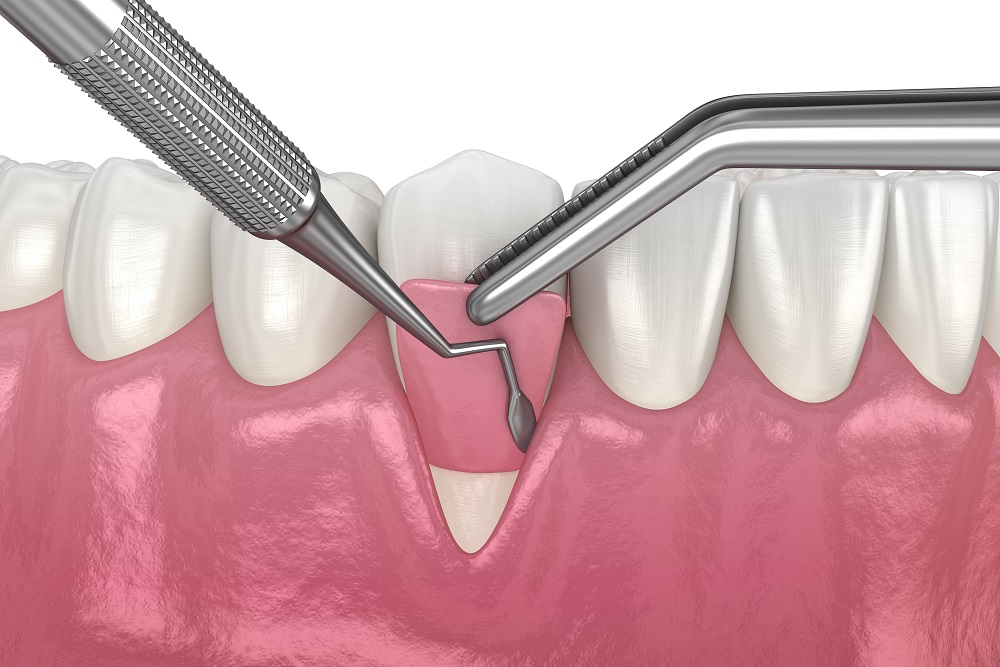
Gum grafting is a unique form of oral surgery in Grande Prairie that can help your gums regain their health. However, it is very important to remember that if the damage is too great, the procedure may not be as successful as you need it to be. In these types of situations, replacing the teeth with dental implants can be the best course of action instead. Your dentist will be able to discern the best path forward when they evaluate your smile.
Table of Contents
What is Gum Grafting Treatment?
When severe bone loss has occurred or receding gums have injured your gums, a gum transplant is a minimally invasive technique that can restore their look. This oral surgery near you can be done for health or cosmetic purposes, and it usually improves both. Loss of bone can result in tooth loss, and gum recession can expose and compromise the tooth roots.
Gingival grafting and connective tissue grafting are the two common forms of gum grafting techniques that are usually employed. A piece of connective tissue from another area of the body—typically the roof of the mouth—is used in a connective tissue graft. A portion of your gingiva, or gum, from another area of your body is used in gingival grafts.
Receding gums can be efficiently made to appear and function normally again with either type of graft. Since they can aid in the reconstruction of damaged bone, connective tissue grafts are frequently employed in cases of substantial bone loss. Gingival grafts are usually performed for aesthetic purposes, such as to restore the look of receding gums or to conceal exposed tooth roots.
To execute a typical gum grafting treatment, a small amount of tissue is taken from another donor site, such as a tissue bank, or from the roof of your mouth. After that, the tissue is cleansed and ready for implantation. After being placed in the area between the teeth and the gums, the grafted tissue grows and adheres to the surrounding gum tissue.
Under local anesthesia, this treatment typically takes less than an hour to complete. When done by a qualified dentist in Grande Prairie, it is not too painful and requires little recovery time.
When is Gum Grafting Surgery Necessary?
When the gums recede and reveal your teeth’s roots, you usually need a gum transplant. This procedure may be necessary due to any of the following:
- Forceful brushing
- A solid plaque
- Hormone alterations
- Gum disease in the family history
- Diabetes
- Tobacco
How Does Gum Graft Surgery Work?
The procedure for gum grafting is done in the dental clinic. In order to adequately cover the exposed roots and restore your natural gum line, tissue is adhered to or “grafted” over the tooth. The tissue used for the graft is either given from a tissue bank or extracted from your mouth’s soft tissue or palate.
The recuperation phase often lasts a few days, depending on the surgery you had. To lower your risk of infection while you heal, you might need to take medicine or follow a restricted diet of soft foods given by your dentist near you. Gum grafts are a common dental operation that can be used to straighten your teeth, stop gum disease from getting worse, and treat other oral health issues.
Protect Your Oral Health! Visit Us Today
Although receding gums can endanger your teeth and oral health, this issue is not irreversible. Your smile can be restored with a gum graft, which can also shield your teeth from needless problems. Following a dental exam and an examination of your teeth, your dentist can propose this course of action.
Get in touch with Gateway Dentistry Group to obtain quality oral health assistance. Our team is here for you.








